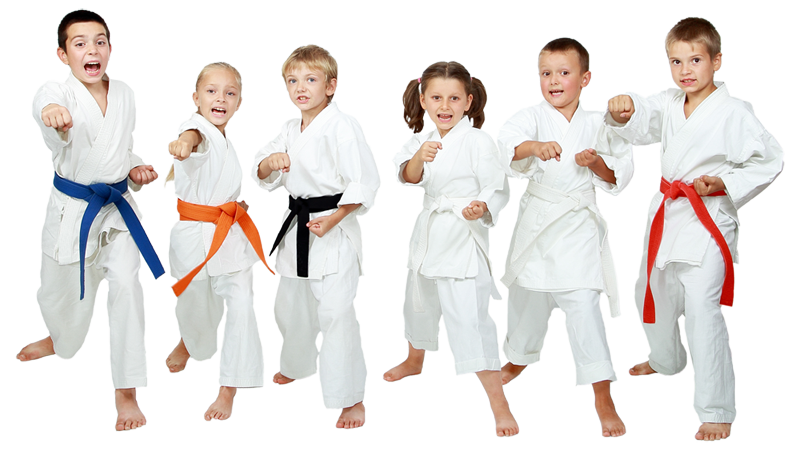
SHITO RYU KARATE DO
About Shito Ryu Karate
Shito Ryu Karate is considered the most complete form of Karate, known for its numerous kata covering Shuri-te, Naha-te, Tomari-te, and Chinese Crane Kung Fu styles. It was founded by Sensei Kenwa Mabuni, who named the style Shito Ryu in 1934.
The name was derived from a combination of two of his masters, “Shi” for Hito and “To” for Higashi, and “Ryu,” which means style in Japanese. Sensei Kenwa Mabuni was considered the most knowledgeable person in karate during his time because of his knowledge of katas. Shito Ryu has always been a progressive style of karate because they adapted katas from other styles, for example, Annan, Annan Dai, Heko, Pachu, etc., from Ryuei Ryu.
Shito Ryu’s history begins with Sensei Kenwa Mabuni, born in Okinawa, the birthplace of karate. At the age of 13, he started learning martial arts with his friend Sensei Gichin Funakoshi, the founder of Shotokan, under Sensei Anko Itusu, the master of Shuri-te, in the Shuri village of Okinawa.
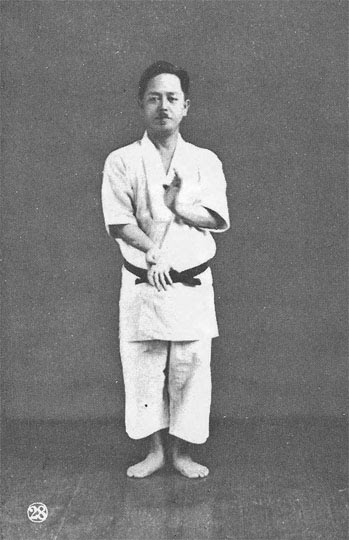
After the death of his master, Sensei Anko Itusu met his childhood friend Chojun Miyagi, the founder of Goju Ryu, in Naha Village. He started learning martial arts under Sensei Kanryo Higaonna. Sensei Kenwa Mabuni also learned Chinese Crane Kung Fu from a Chinese tea merchant named Sensei Wu Xianhui, who was doing his trading business from China to Okinawa.
Today, Shito Ryu Karate is governed by the World Shito Ryu Karate Federation, but there are also various sub-styles of Shito Ryu established by Sensei Kenwa Mabuni’s students. For example, Seito Shito Ryu was created by Kenzo Mabuni, the second son of Sensei Kenwa Mabuni, Tani ha Shito Ryu (Shukokai) was created by Chojiro Tani, Motobu-ha Shito Ryu (Seishin-kai) was created by Shogo Kuniba, Itosu Ryu was created by Ryusho Sakagami and many other styles.
Today, Shito Ryu is considered one of the four main styles of karate, and many world champions prefer to perform Shito Ryu katas because of the variety of katas in one style. In the modern world, Shito Ryu is considered the most progressive and modern karate style without missing the traditional principles of martial arts.
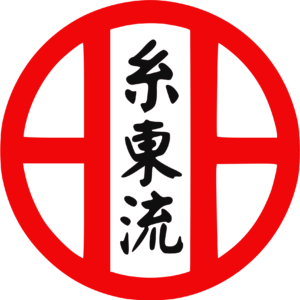
Karate History in Brief
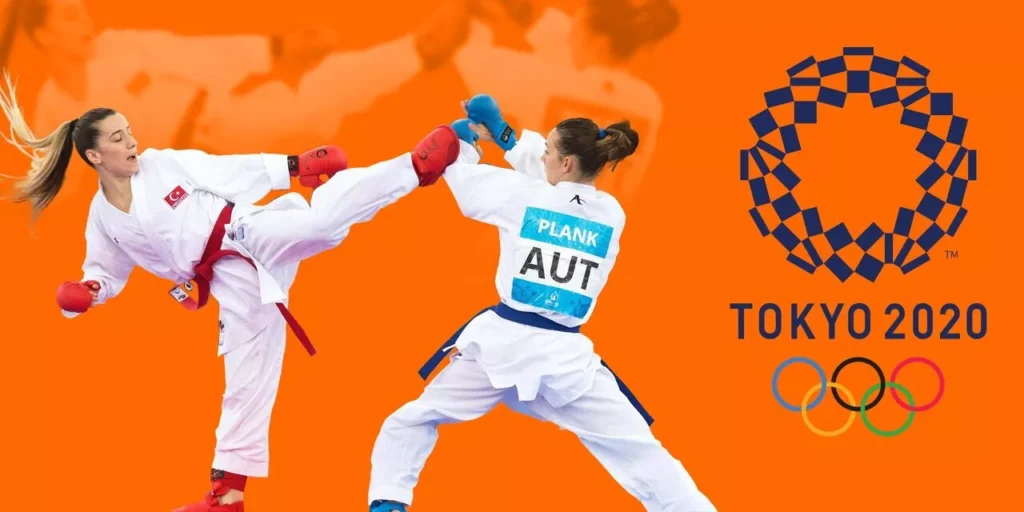
It was first introduced to Japan in the early 20th century and later spread to other parts of the world.
Karate’s history can be traced back to the Ryukyu Islands, which are now known as Okinawa. These islands were situated along the trade route between China and Japan, and as a result, Okinawa was exposed to Chinese martial arts. The local people developed their own martial arts, which were known as “te,” meaning “hand.” These techniques were later refined and developed into what is now known as karate.
In the early 20th century, several Okinawan martial artists traveled to Japan to demonstrate their techniques. One of these martial artists was Kenwa Mabuni, who founded the Shito Ryu style of karate. Other styles of karate, such as Shotokan, Goju Ryu, and Wado Ryu, were also developed in Japan during this time.
Karate continued to spread throughout the world in the latter half of the 20th century. It became an Olympic sport in 2020, which further increased its popularity. Today, karate is practiced by millions of people worldwide and is known for its rigorous training methods and emphasis on discipline, respect, and self-defense.
why learn karate
- learn self defence
- improve physical fitness and confidence
- improve focus and concentration
- learn teamwork and Social Skills
- build healthy habits and discipline
Kihon, kata and kumite are the three pillars of karate. While kihon is the basic or fundamentals of martial arts moves, kumite involves sparring against an opponent or a partner using various martial arts techniques. But a proper definition of kata, is, perhaps, slightly more nuanced and complicated than the other two. Here, we try to break it down and to make it simpler to understand.

KIHON - Basic Training
Kihon is a Japanese term meaning “basics” or “fundamentals.”The term is used to refer to the basic techniques that are taught and practiced as the foundation of most Japanese martial arts.
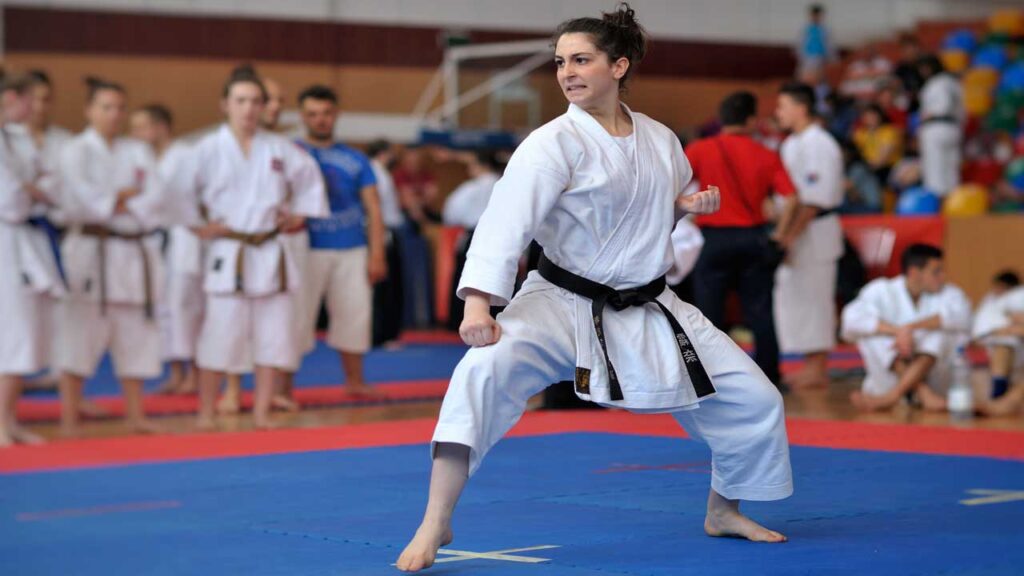
KATA - Imaginary Fight
Kata, in Japanese, means ‘form’. Practice of ‘kata’ or the correct forms and postures constitute an integral part of a lot of martial arts training, especially ones originating from Okinawa, Japan.
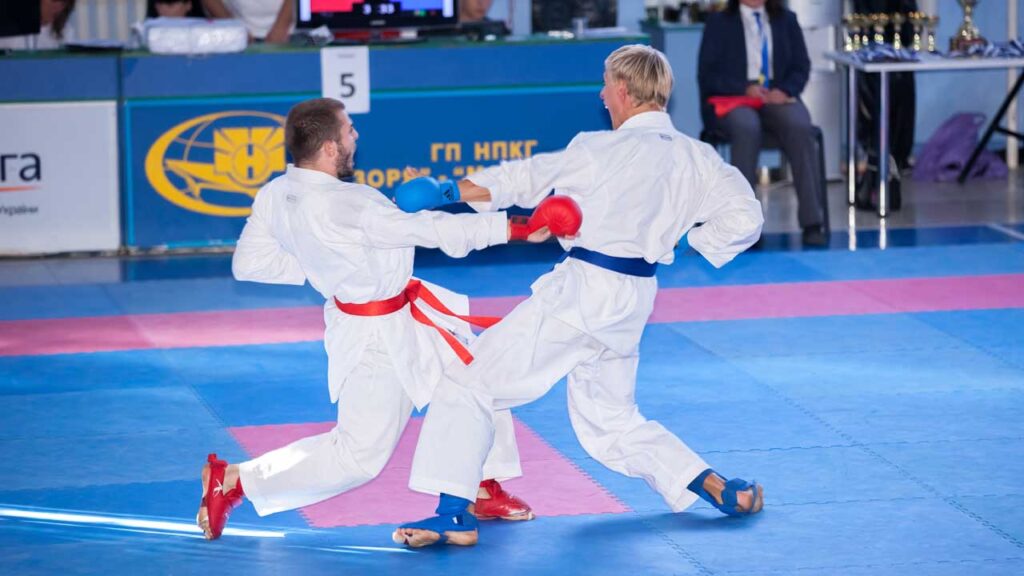
KUMITE - Sports Fight
Kumite can mean ‘sparring’. In Karate terms, Kumite is where two competitors face off performing defensive and offensive techniques in a standing competition.
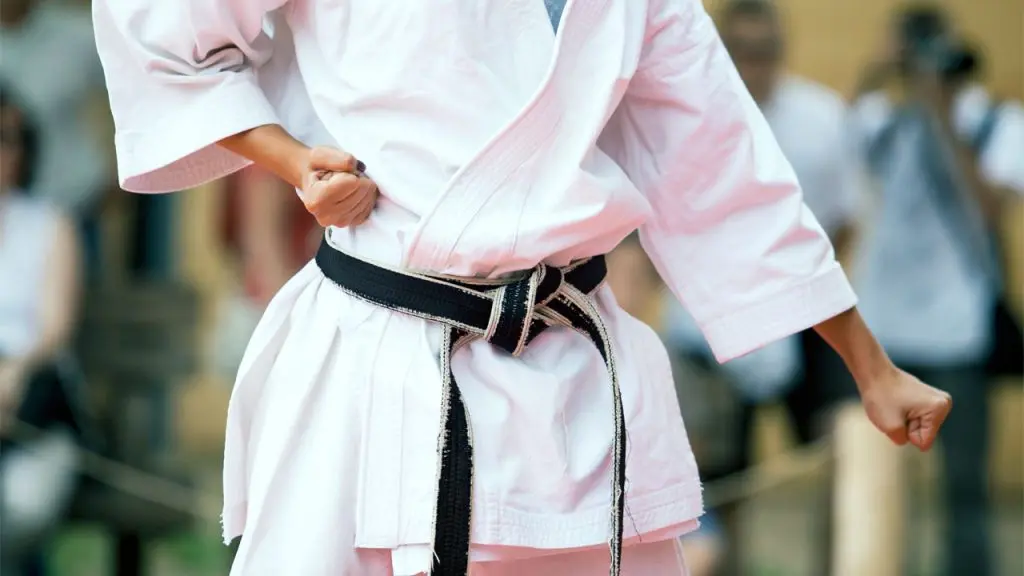
BUNKAI - Analysis
Bunkai (分解), literally meaning “analysis” or “disassembly”, “is a term used in Japanese martial arts referring to process of analysing kata and extracting fighting techniques from the movements of a ‘form’ (kata). The extracted fighting techniques are called Oyo.”

Theme by Anders Noren — Up ↑
